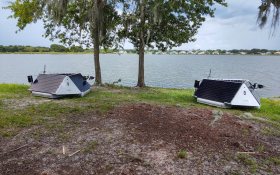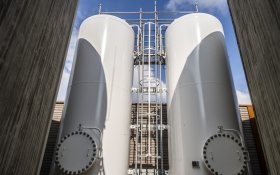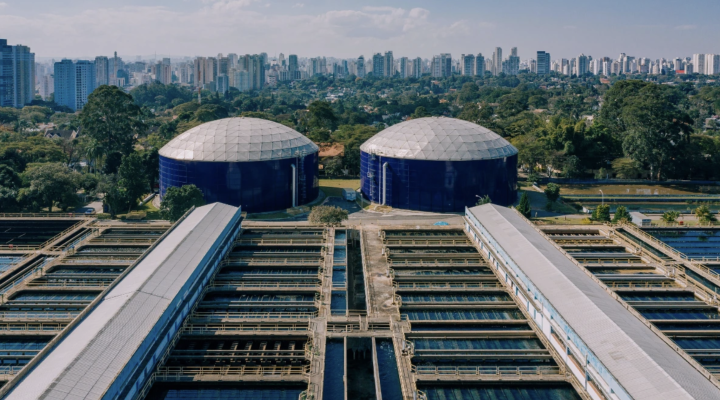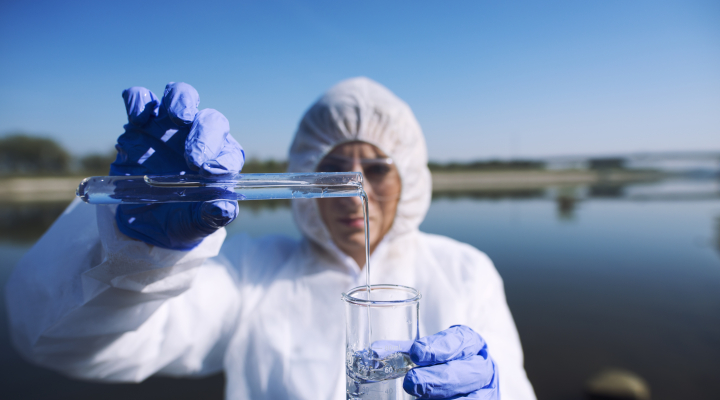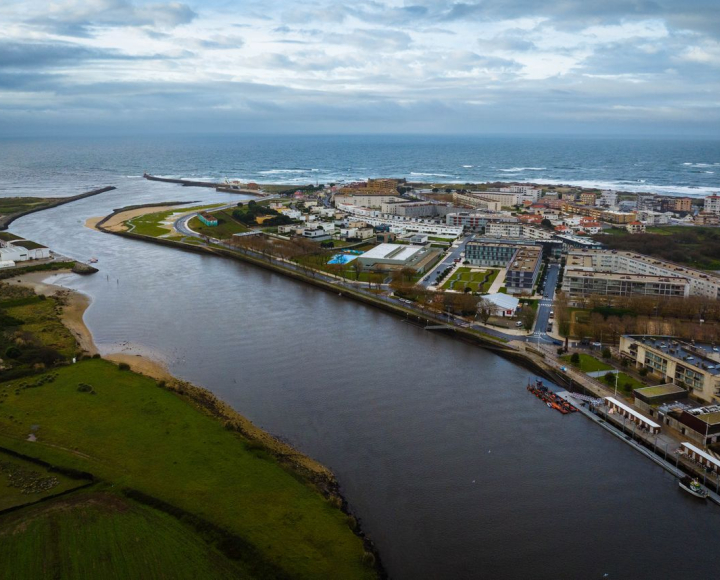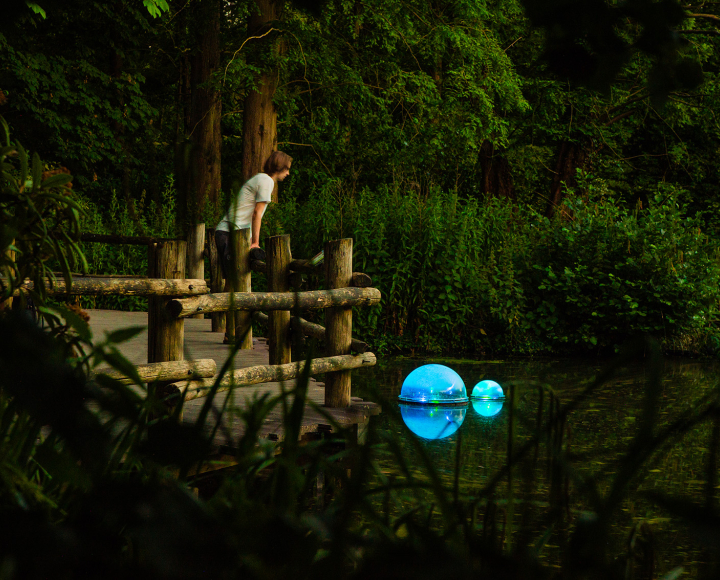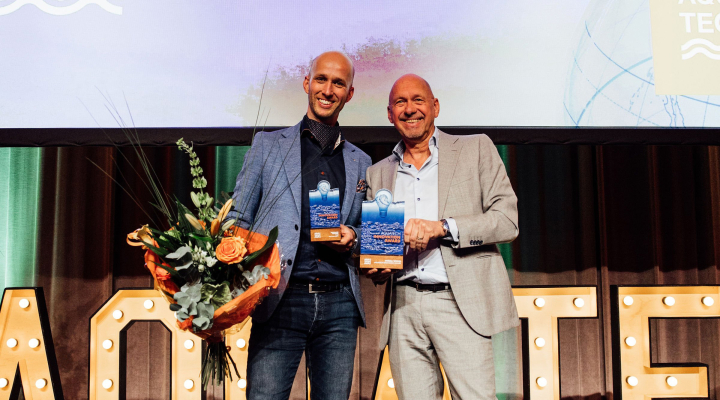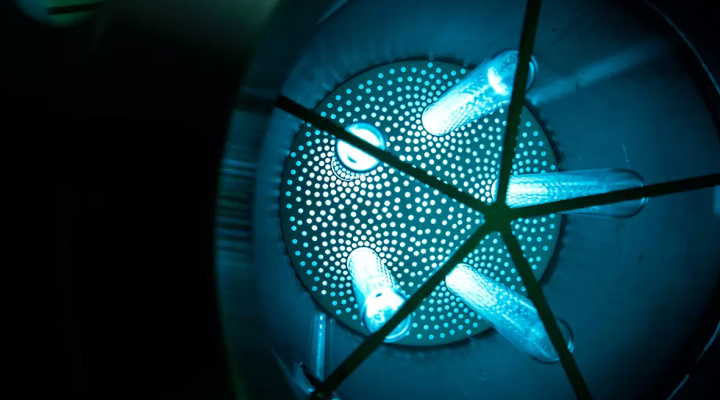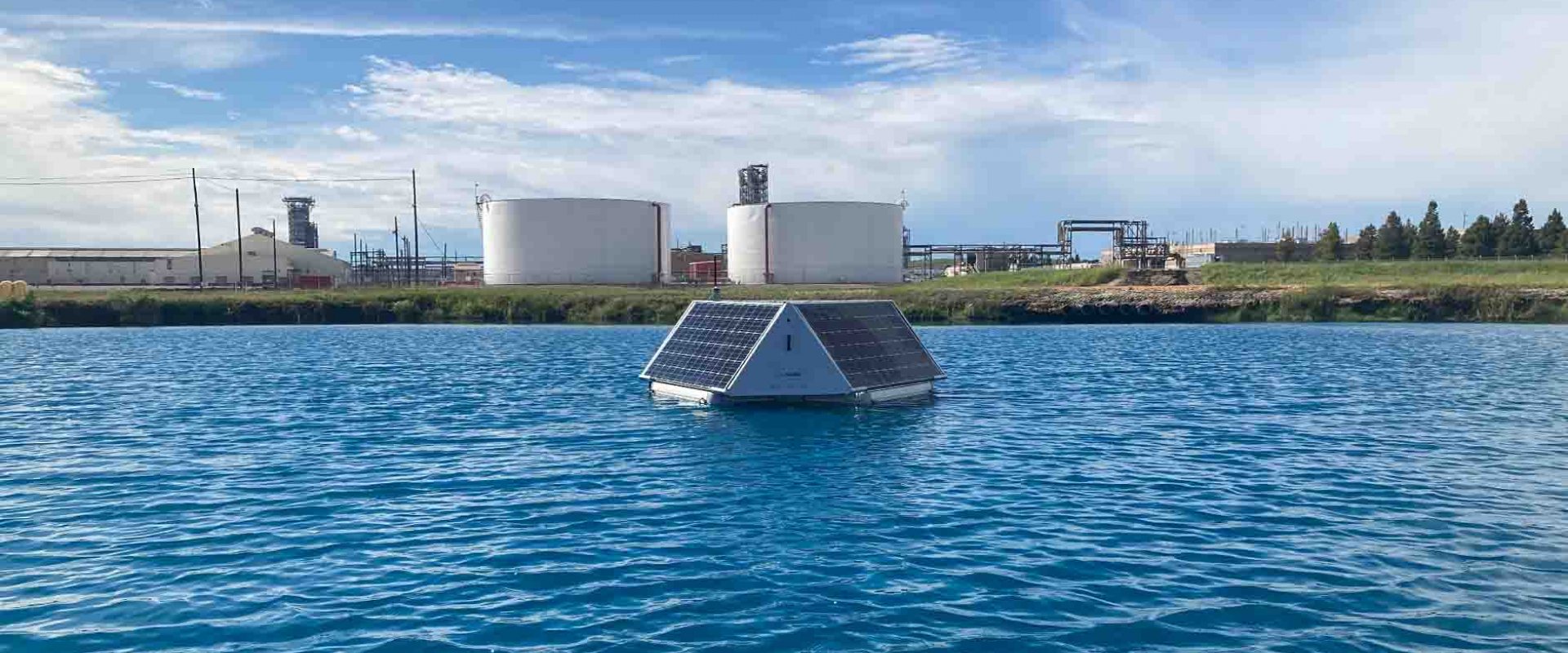
Real-time phosphate monitoring to combat toxic algae bloom
LG Sonic launches a high-tech Phosphate (PO4) sensor during the water technology trade fair WEFTEC. Fully autonomously, the sensor monitors PO4 in real-time, at different water depths, using lab-on-chip technology.
The WEFTEC 2021 trade fair takes place in Chicago, USA, from 18 – 20 October.
Fuel for algae bloom
Phosphate (PO4) flows into surface water where it fuels harmful algae blooms (HABs). Some algae produce toxic substances and others take all the oxygen out of the water.
LG Sonic’s PO4 sensor monitors phosphate real-time, at different water depths. This allows for gaining insight in the PO4-source and enables treatment of algae blooms more effectively.
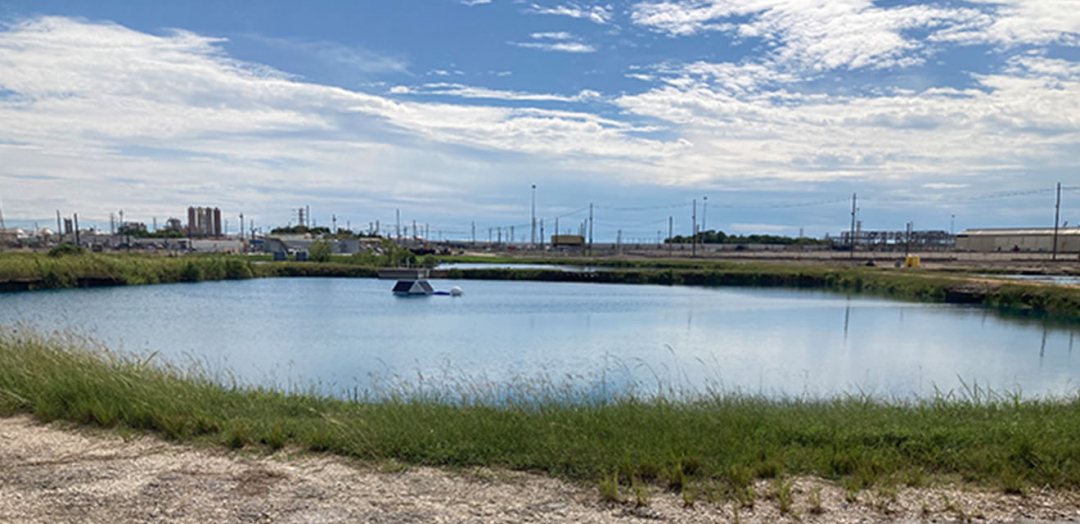

Accurate readings
The sensor provides highly accurate readings over a larger measurement range. It operates autonomously and uses high durability of reagents. For easy use and minimal maintenance, it cleans and calibrates automatically.
The real-time PO4 monitoring complements the MPC-View online software delivered by LG Sonic for parameters such as temperature, pH, dissolved oxygen, turbidity and different types of algae. The software has been developed by LG Sonic to monitor the progress in algae growth and the treatment with the MPC-Buoy that uses ultrasound technology to eliminate the algae.
Inhouse development
‘Truly fulfilling to witness the launch of the PO4 sensor after 1.5 years of inhouse development’, says Rahul Shenoy, R&D Manager at LG Sonic. ‘The complete design is a result of putting our customers' needs first and taking into account their invaluable feedback. The ability to measure at different depths enables our customers to have a phosphate profile of their water body’, Shenoy adds.
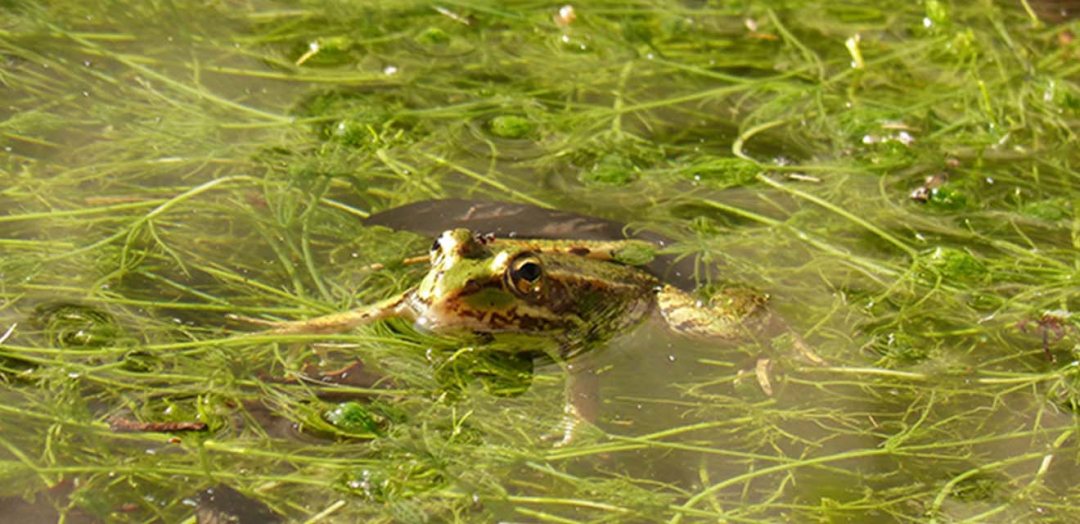

Two buoy projects in Texas
Recently LG Sonic installed MPC-Buoys at two locations in Texas. The lone star state is heavily impacted by droughts which contributes to the growth of harmful algae in surface water. Toxic blue-green algae bloom in lakes and creeks alerted Environmental organisations in Texas that started to push authorities to control the reduction of water pollution in the state.
LG Sonic delivered its MPC Buoys to combat the algae blooms in Houston and Little Field. Other states where MPC Buoys are operational include California, New York, Florida, New Jersey, Illinois, Pennsylvania, Colorado, and Georgia.




